HAMMAD KHAN
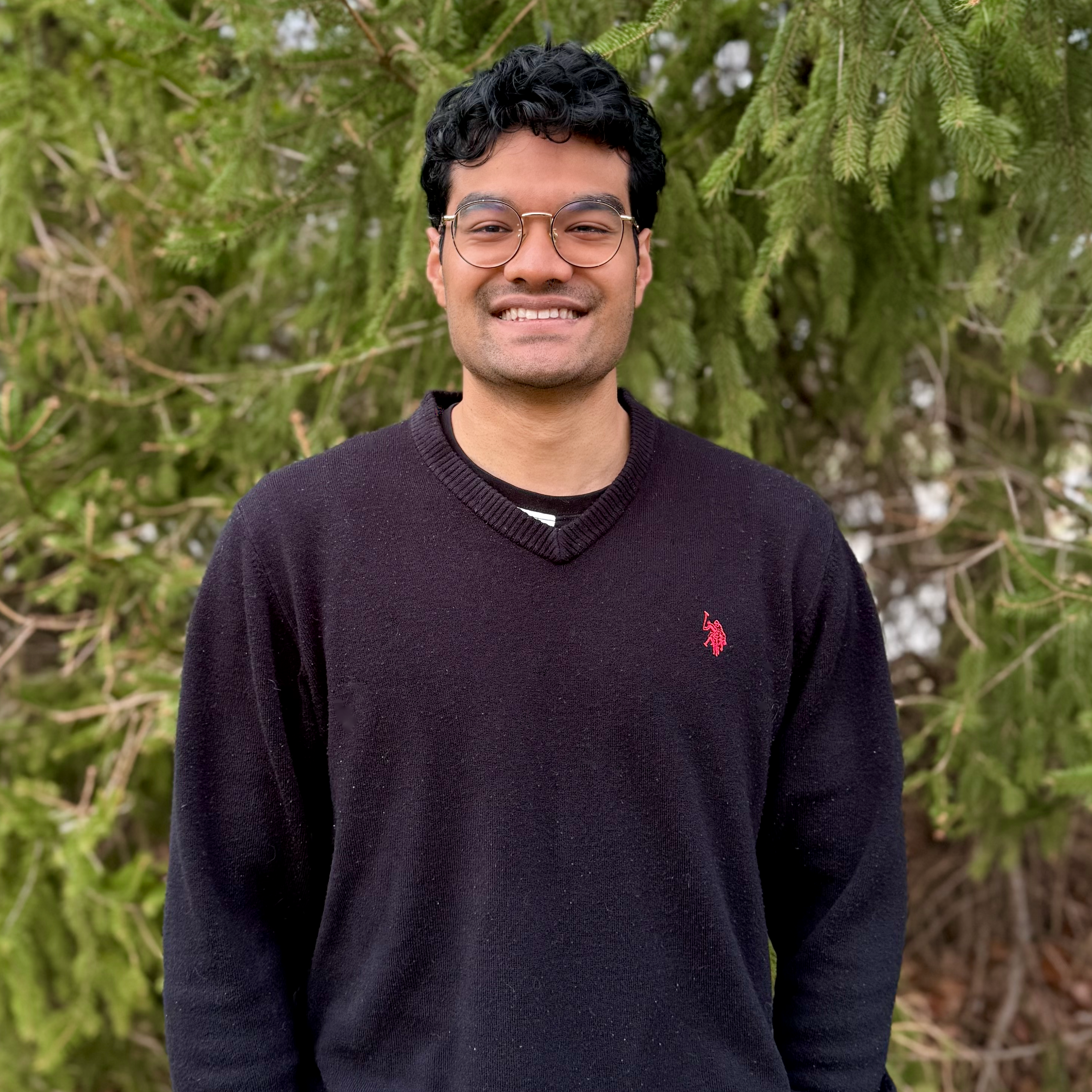
Hello! I am a PhD graduate student at Purdue University studying under Dr. Krishna Jayant in the Nano Neurotechnology Lab. My research focuses on technologically driven neuroscience. As an experimentalist (although I do dabble in some computational projects), my work has spanned multiple molecular and cellular scales including investigating nanomagnetic force actuation of neurons, soft-material microfabrication to guide in-vitro neural networks and more recently, for my PhD, combining custom design μEcogs and optical imaging systems to understand neural dynamics during skilled motor behavior.
Follow @hammad_fkhan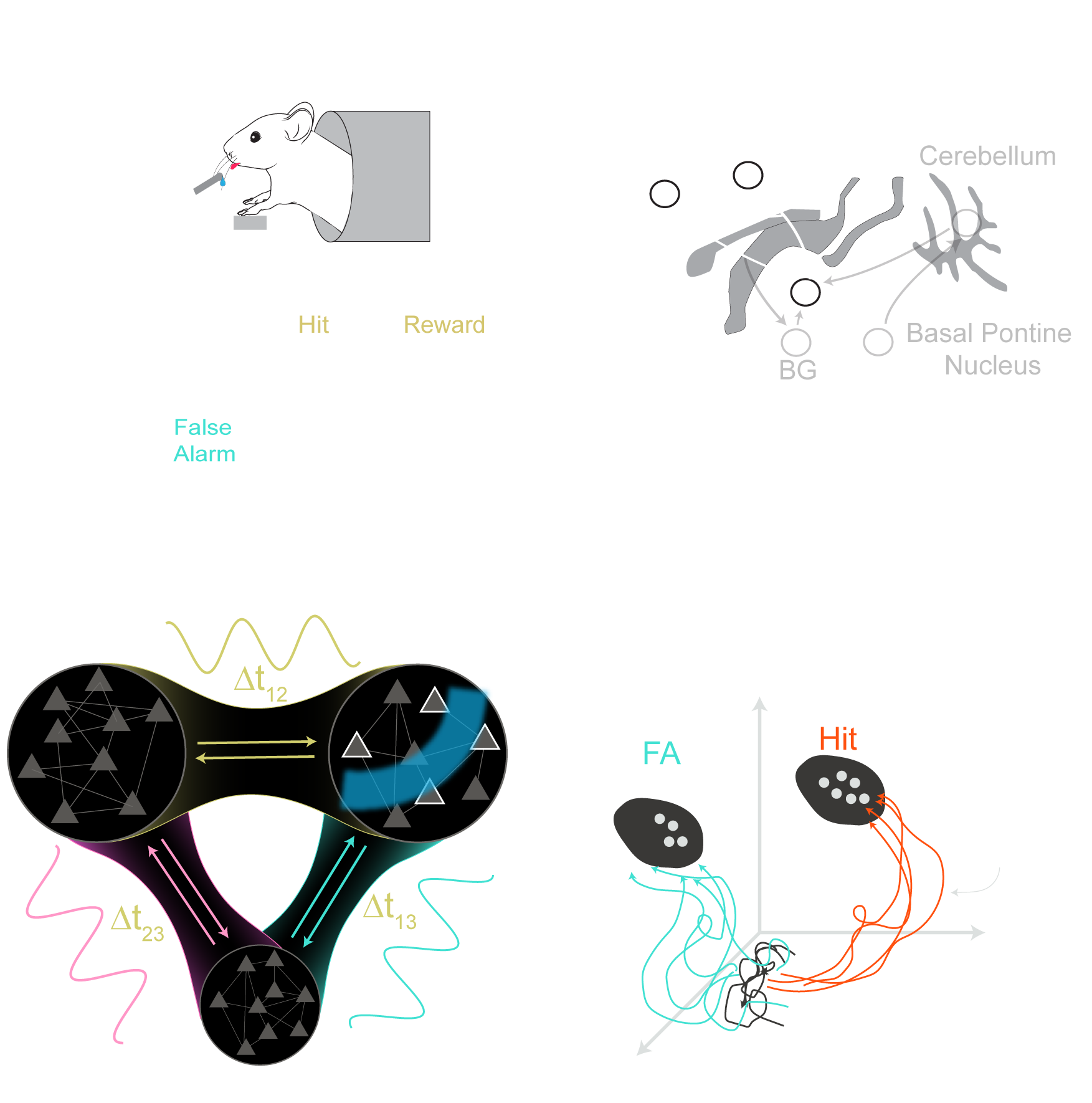 Dynamic rerouting of communication subspaces across the motor cortical heirarchy (in prep)
Dynamic rerouting of communication subspaces across the motor cortical heirarchy (in prep)
Currently, I'm focusing on understanding neural basis for skilled movement. Most brain functions involve interactions among multiple, distinct areas or nuclei. For instance, generating reliable volitional movement requires multiple neural populations to work together to produce a desired action. Yet, how populations of neurons separated by millimeters reliably communicate is still unclear.
 Site-specific seeding of lewy pathtology induces distinct pre-motor cellular and dendritic vulnerabilities link
Site-specific seeding of lewy pathtology induces distinct pre-motor cellular and dendritic vulnerabilities link
Motor degeneration is a hallmark symptomology for patients effected Parkinson’s disease (PD), encompassing a broader range of neurodegenerative disorders such as Dementia with Lewy Bodies (DLB). Historically, PD and DLB were distinguished based on the timing and severity of cognitive deficits, however, it has become apparent through the study of disease symptoms and postmortem brain pathology that these disorders may be part of a single spectrum, sharing a combination of motor and cognitive features. Here, I am primarily interested in understanding circuit activity that distinguishes pathological through recurrent amplificatino of vulnerable pathways.
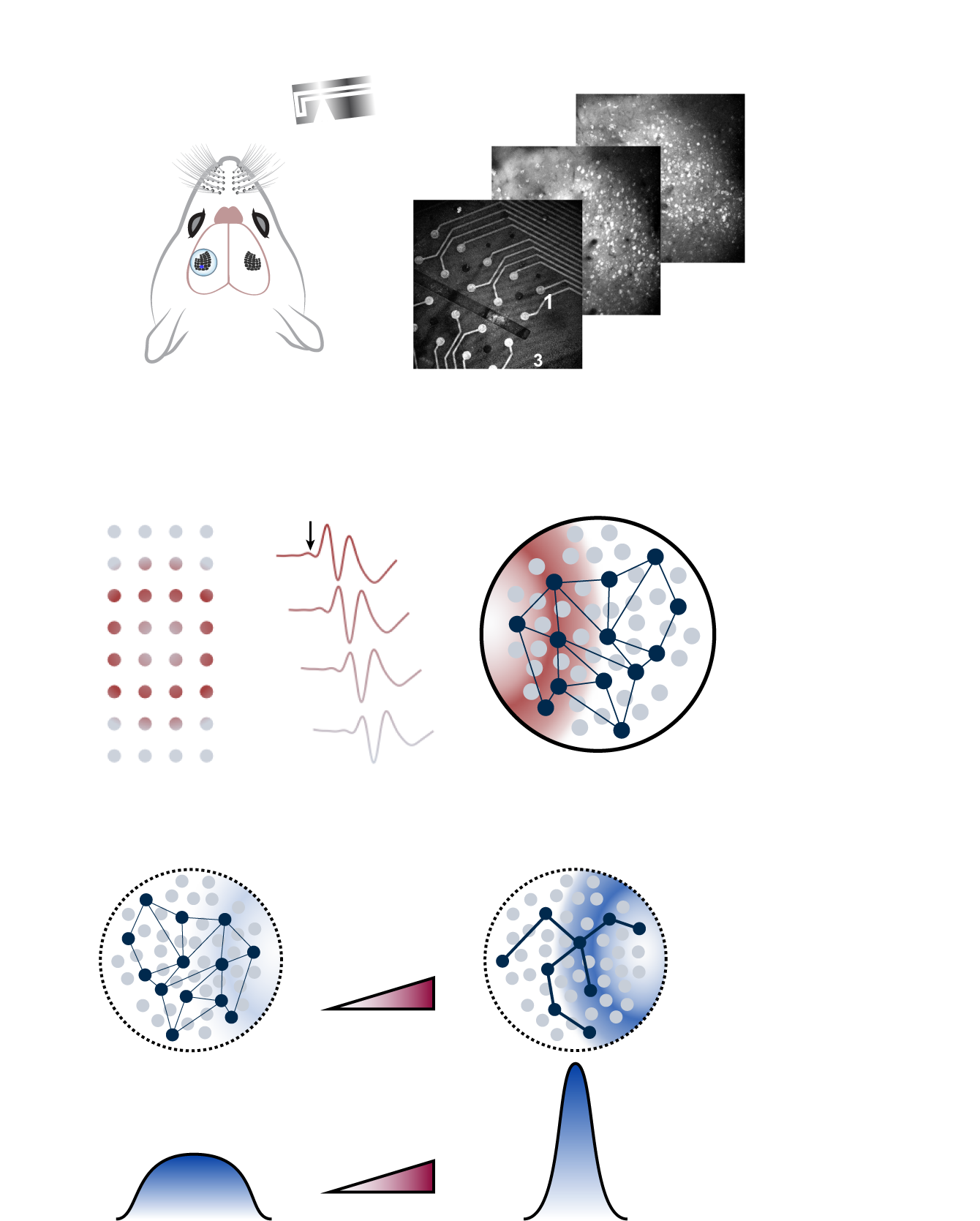 A translaminar spacetime code supports touch evoked traveling waves (link)
A translaminar spacetime code supports touch evoked traveling waves (link)
Local-field-potential (LFP) recordings of sensory stimulus-driven oscillations from the mammalian cortex exhibit ongoing “waves”. Animal studies have demonstrated that these waves temporally group spikes from ensembles of neurons to constrain network synchrony in fast (35 ms) and slow (1 sec) time packets to filter inputs, modulate brain-state, and ensure efficient information coding. Traditionally, the LFP across cortical and sub-cortical regions has been thought to involve zero-lag synchrony, in which oscillations across regions are aligned perfectly in time. However, recent studies, have revealed dynamic timing differences between population responses, leading to the emergence of travelling waves (TWs) between functionally connected cortical regions.
 Multi-curvature micropatterns unveil distinct calcium and mitochondrial dynamics in neuronal networks (pdf)
Multi-curvature micropatterns unveil distinct calcium and mitochondrial dynamics in neuronal networks (pdf)
Much of my undergraduate work revolved around designing and fabricating devices to observe neuronal growth and communication. Particularly looking at how perturbations in various physical topographies effect calcium communication. So why start there? To begin, we need to first take a look at how the human brain develops and changes over time. It is no means a flat plane, rather the neocortex is filled with these "hills and valleys". Biological evolution has allowed our brains to attain a very large volume relative to surface area. If we can model the finer topographical structures in the human cortex on a petri dish, then it stands that we can learn some of the factors that play a role in the morphology of cellular communication and subnetworks.